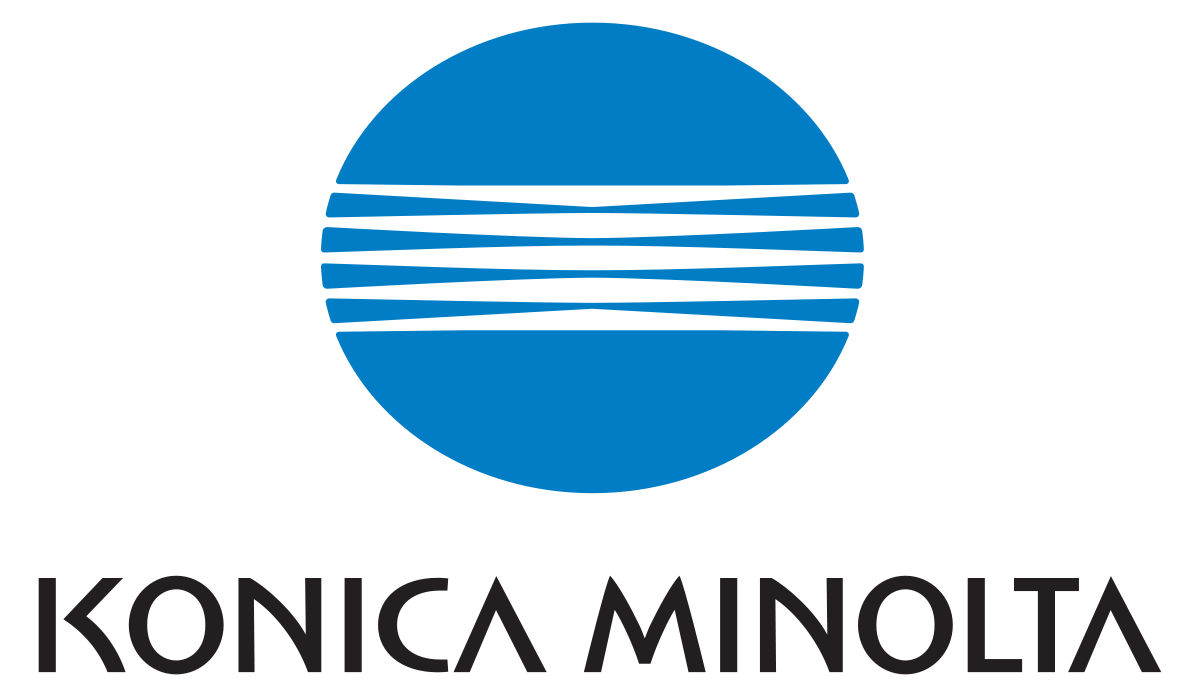As Daylight Savings Time comes to an end this weekend, you’re probably lamenting the shorter days and the requisite clock-changing ritual. And you’re probably wondering why we still have to deal with it.
 Daylight Savings Time first appeared in the US in the mid 1900s and was standardized in the 1960s as a way to help reduce energy usage during the early evening hours, when everyone was home and the most energy was consumed.
Daylight Savings Time first appeared in the US in the mid 1900s and was standardized in the 1960s as a way to help reduce energy usage during the early evening hours, when everyone was home and the most energy was consumed.
A lot has changed since the 1960s. Today, with growing concerns about climate change, extreme weather and depleted natural resources, the world is always looking for new ways to reduce the impact we have on the planet.
[Tweet “Inventing greener ways to help the planet”]
We’re doing the same here at Konica Minolta. It’s been a little over a year since we cut the ribbon on our 967,000-kilowatt-hour solar energy system at our US headquarters campus in Ramsey, NJ. While the project was an ambitious one, supplying up to 18% of our power requirements, we’ve seen both environmental and financial benefits.
The system has:
- Produced more than 859,594 kWh of energy – enough to provide electricity to 93 homes for an entire year
- Avoided the equivalent of 602,600 miles driven by a passenger car
- Avoided approximately 1,298k pounds of carbon dioxide emissions
This project is part of our broader sustainability strategy called Eco Vision 2050, which lays out our objectives for reducing our CO2 emissions by 80% from 2005 levels. The plan aims to increase recycling, reduce the use of limited natural resources and promote the restoration of biodiversity. Eco Vision 2050 sets targets for measuring all aspects of our business from product design to manufacturing to transportation efficiency.
Corporate citizenship is not just good for society, it is good business. Alternative energy sources are the future and Konica Minolta is continuing to create new value in this field. Our sister company, Konica Minolta Advanced Layers, (AL), is developing technologies to manufacture cutting-edge thin films and lamination technologies, including highly efficient OLED lighting and window films to manage heat transmission from sunlight in buildings.
This weekend, as you set your clocks back, take a moment to think about what you can do to cut your energy usage. Whether this means turning off the lights when you leave a room or shutting down your computer at night, every bit of energy saved counts!
Join the conversation @KonicaMinoltaUS @KPKern17

